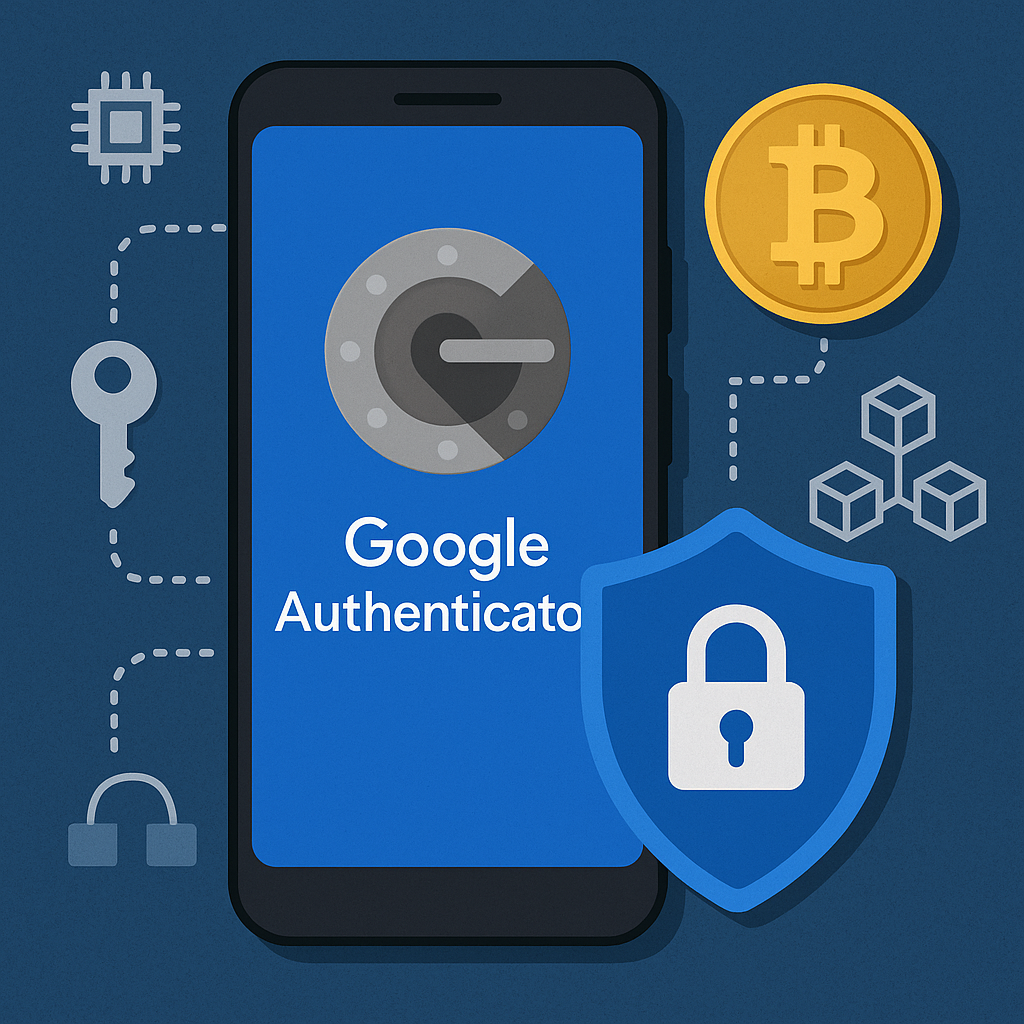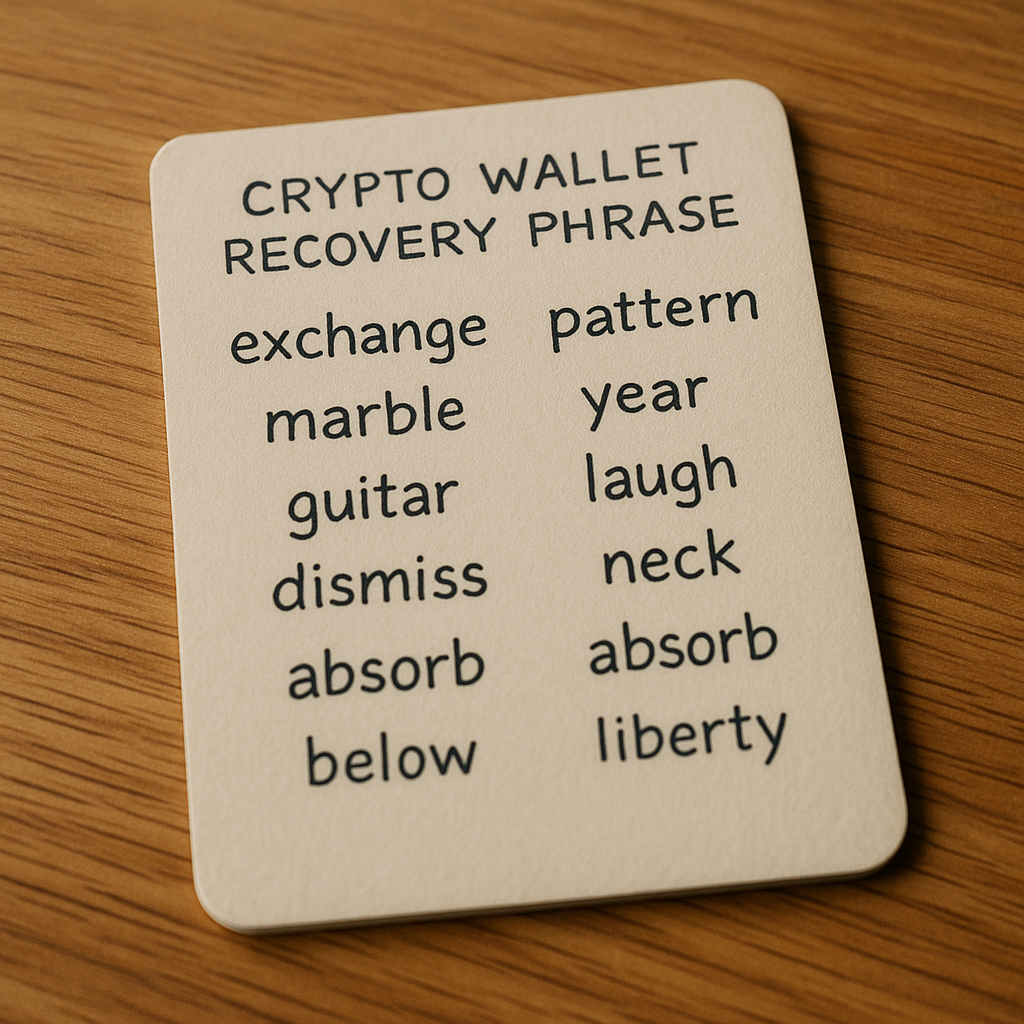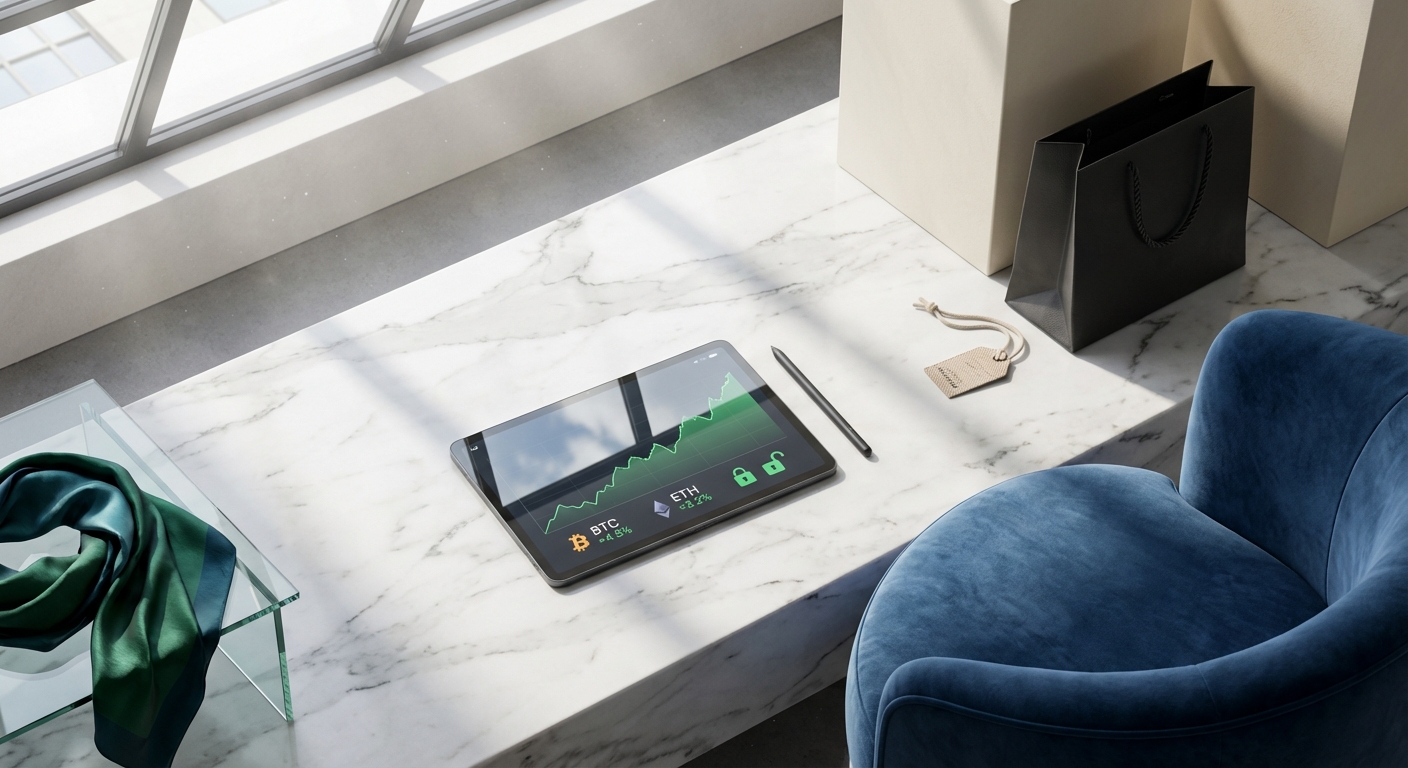
Picture this: you’ve just bought your first cryptocurrency, adrenaline still buzzing from watching the transaction confirm. But as you celebrate, a new question creeps in—how do you actually keep your crypto safe? The truth is, digital assets are only as secure as the steps you take to protect them. The crypto world is full of opportunity, but also risks lurking for the unprepared. Let’s dive into five essential, battle-tested security tips every new buyer should know to safeguard their coins and their peace of mind.
![]()
Choose Your Battlefield Wisely: Use a Reputable Exchange
Your first move in the crypto arena should be picking an exchange that prioritizes security. Not all platforms are created equal—some have robust defenses and transparent track records, while others cut corners or fall short on user protection. Before making any purchase, research exchanges with strong security measures like multi-layer authentication, insurance on stored assets, and a history free of major breaches. Scan user reviews and community feedback to spot red flags early. Remember: if an exchange seems sketchy or offers “too good to be true” deals, trust your gut and walk away.
The Golden Rule: Store Most Crypto in a Hardware Wallet
If there’s one phrase every crypto traveler learns quickly, it’s not your keys, not your coins. Leaving funds on an exchange or in a hot wallet (one connected to the internet) exposes them to hacks and outages. Instead, transfer the bulk of your holdings into a hardware wallet—a physical device that stores private keys offline and out of reach from online threats. This extra step might seem inconvenient at first, but it’s the single most effective way to store crypto safely. Only keep small amounts online for trading or spending.
5 Essential Crypto Security Tips for New Buyers
-

Use a reputable exchange with strong security measures and positive user reviews for all purchases. Choose established platforms like Coinbase, Kraken, or Binance, which offer robust security features, transparent policies, and a proven track record. Always research user feedback and ensure the exchange is regulated in your region.
-

Store the majority of your crypto in a hardware (cold) wallet, not on exchanges or hot wallets. Devices like the Ledger Nano X or Trezor Model T keep your private keys offline, protecting your assets from online threats and exchange hacks.
-

Enable two-factor authentication (2FA), preferably using an authenticator app rather than SMS, on all exchange and wallet accounts. Apps like Authy or Google Authenticator provide an extra layer of security, making it much harder for attackers to access your funds.
-

Never share your private keys or recovery phrases; keep backups offline in a secure physical location. Write them down and store them in a fireproof safe or safety deposit box. Remember: anyone with your private keys or recovery phrases can access your assets.
-

Beware of phishing scams—always double-check URLs and never click suspicious links or download unknown attachments. Scammers often impersonate crypto sites or support services. Bookmark official websites, verify email addresses, and use browser extensions like MetaMask to help detect fraudulent sites.
Double Up on Defense: Enable Two-Factor Authentication (2FA)
Your password alone isn’t enough—add another layer by enabling 2FA on every exchange and wallet account you use. But don’t settle for SMS-based codes (which can be intercepted); opt for an authenticator app like Google Authenticator or Authy instead. This ensures only you can access your accounts even if someone else gets hold of your login info.
Protect Your Keys Like Treasure
Your private keys and recovery phrases are the master keys to your digital fortune. Never share them—not with friends, not with support agents (no legitimate company will ever ask), not even with yourself via email or cloud storage! Write them down by hand and store backups in a physically secure location—a fireproof safe or safety deposit box works wonders.
Pro tip: If someone gets access to your recovery phrase, they can steal everything—even if they’re halfway across the world!
The Art of Dodging Scams: Beware Phishing Attacks
The final boss for many new buyers? Phishing scams. These sneaky traps come as emails, fake websites, or messages pretending to be from trusted services—designed solely to trick you into handing over sensitive info or clicking malicious links. Always double-check URLs before logging in anywhere; bookmark official sites; never download unknown attachments; and when in doubt, pause before clicking anything suspicious.






